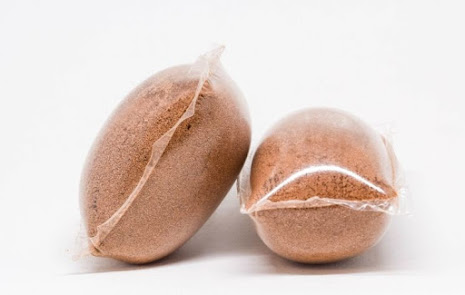Edible Packaging: Savoring Sustainability with a Delicious Wrapper Revolution

As environmental concerns continue to rise, the global push for sustainable solutions has extended to the packaging industry. One innovative and promising concept that has gained traction is "Edible Packaging." Edible packaging refers to the development and utilization of edible materials to package and preserve food products. This revolutionary approach not only addresses the environmental impact of conventional packaging but also introduces novel ways to enhance the overall consumer experience. Let's explore the benefits, challenges, and potential applications of edible packaging. The Rise of Edible Packaging Edible packaging offers several compelling advantages over traditional packaging materials, such as plastic and paper. Firstly, it is entirely biodegradable, eliminating the persistent pollution caused by single-use plastic packaging. As consumers become more conscious of their ecological footprint, edible packaging aligns with their eco-friendly preferences. Se...

.png)
